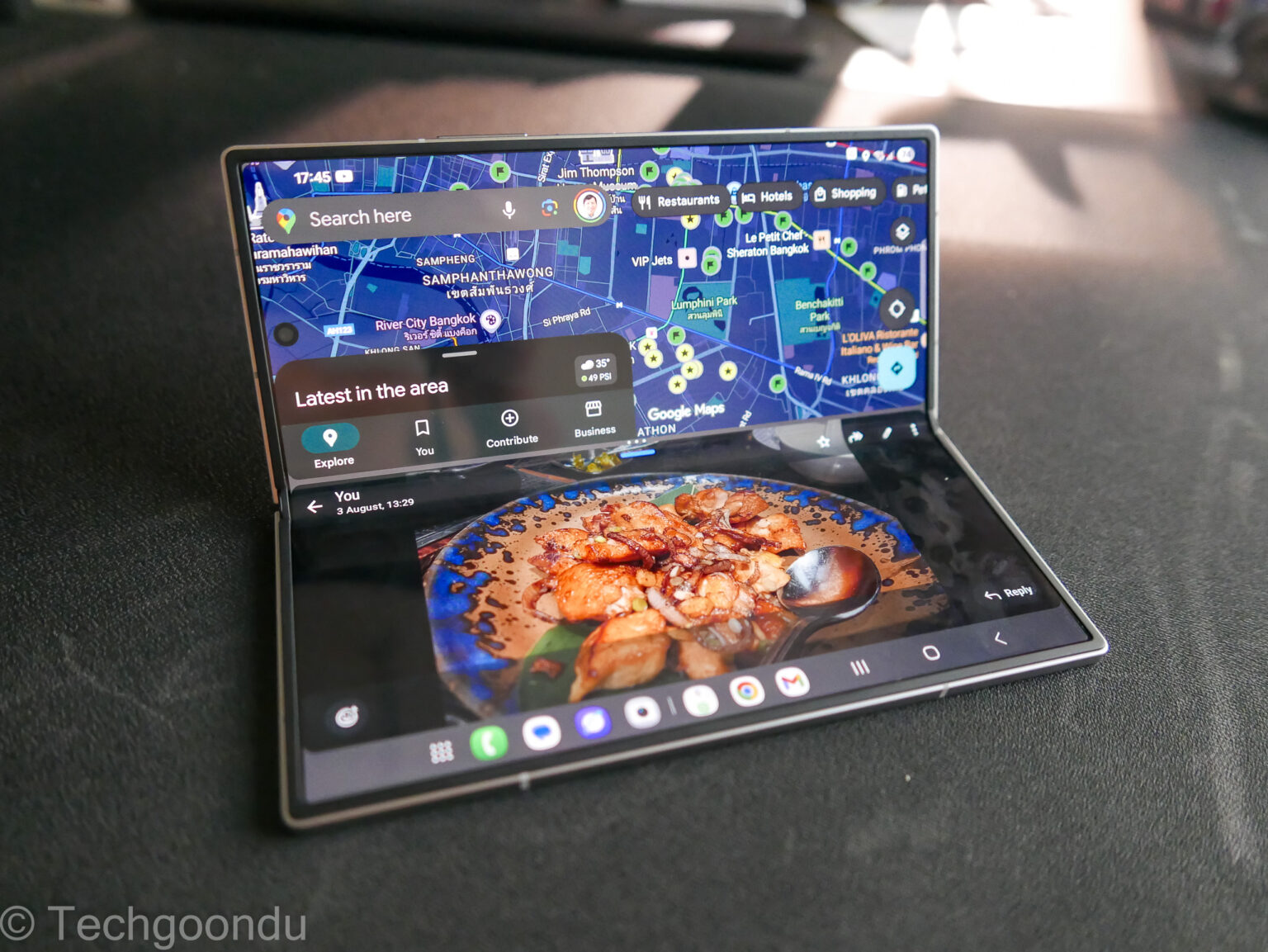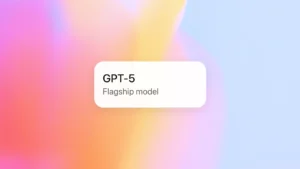Foldable phones have been around for years by now, yet when I take out the latest Samsung Galaxy Z Fold 7 to show people, they never fail to be amazed at how far things have come from the first models.
The svelte and light model revealed last month is the seventh iteration, as its name suggests, and it is possibly the biggest breakthrough yet for foldable phones, especially if you’re a Samsung fan.
First, the obvious look and feel. If last year’s slim foldables from Oppo or Honor stole the thunder from the Korean electronics giant, this year’s Galaxy Z Fold 7 surely gets it back in the fight.
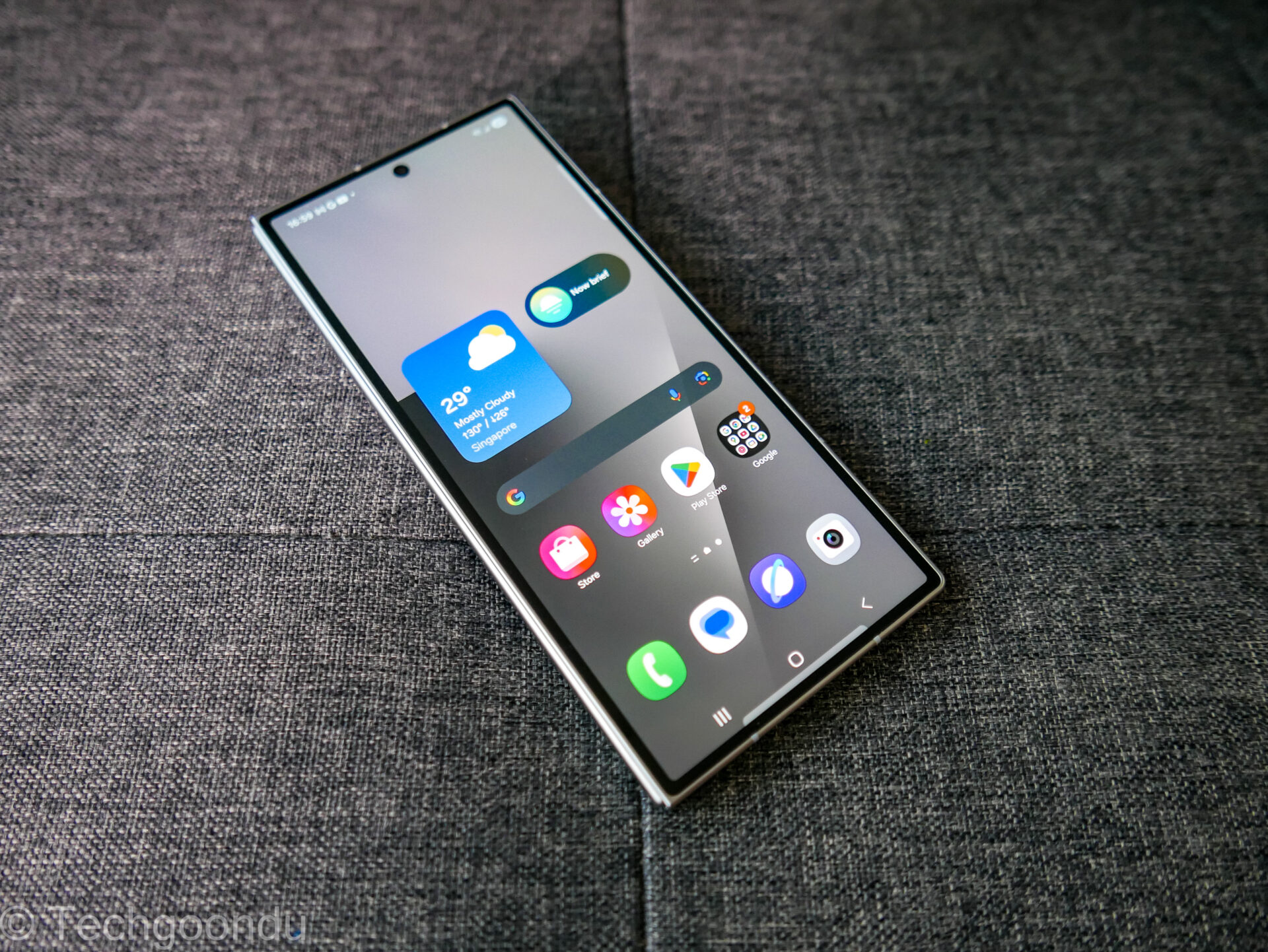
The Samsung phone’s slim 8.9mm thickness, when folded, is about as slim as you can make a foldable phone – it’s basically the thickness of a USB-C port on one side. The slimmest foldable now – the Honor Magic V5 – is a negligible 0.1mm thinner.
The 215g weight of the Samsung Galaxy Z Fold 7 also makes it so portable to have in the pocket. Lighter than the candybar-shaped Galaxy S25 Ultra, the foldable phone is no longer the bulky gadget you have to lug around.
In other words, there is no longer any weight penalty for bringing a larger foldable device with you to do your spreadsheets, edit videos or simply catch up on YouTube videos on the go.
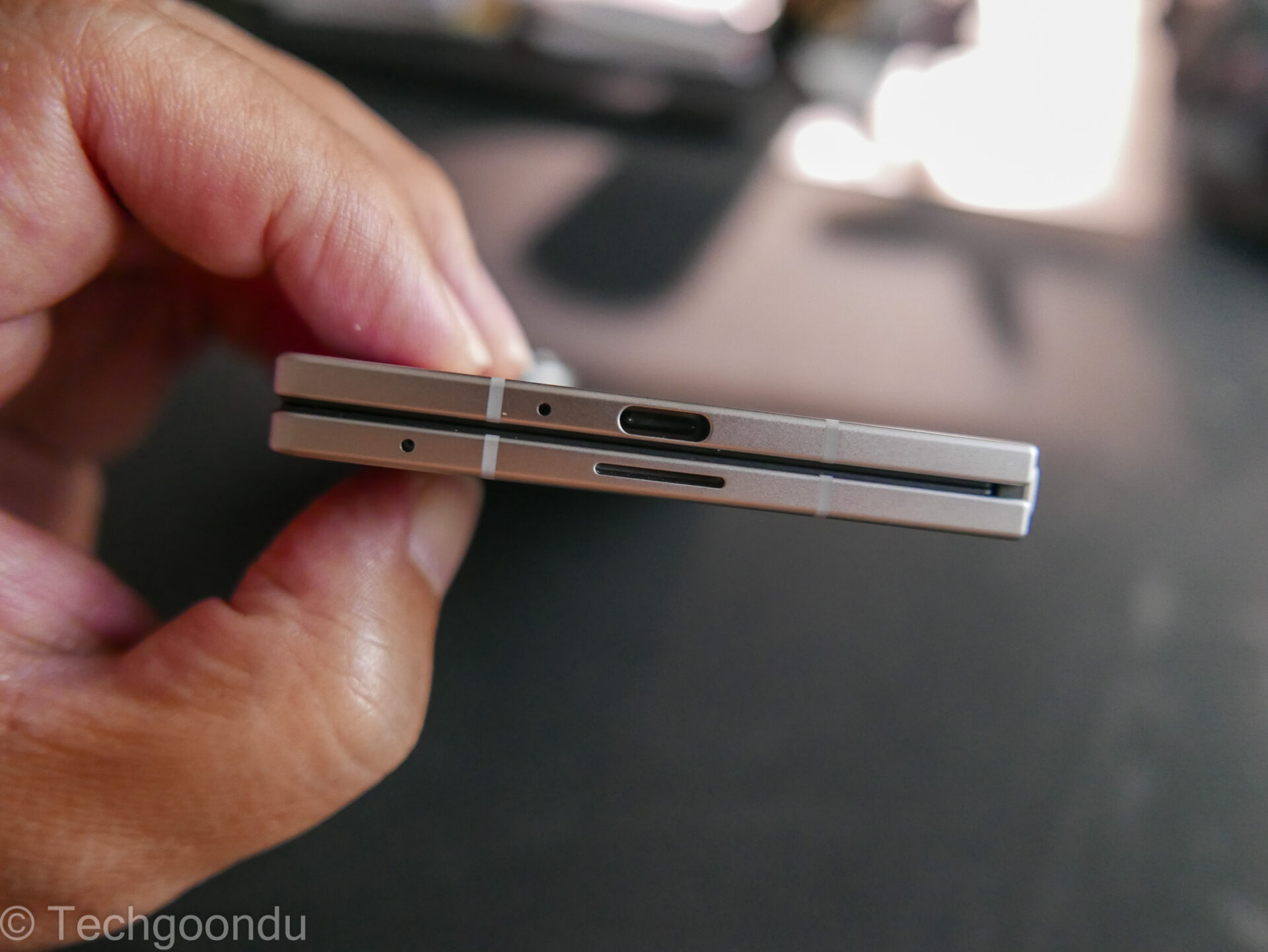
Indeed, during the few weeks I’ve used the Galaxy Z Fold 7, I’ve really enjoyed the larger 8-inch foldable AMOLED screen with a 2,184 x 1,968 resolution. It’s great for anything from Netflix to looking through restaurant menus and wine lists (the larger screen helps zoom in on the small text).
The 21:9 aspect ratio is not the friendliest for many online videos, which often result in large black bars at the top and bottom, but the screen is great for games.
When I played the first-person shooter Call of Duty Mobile, for example, I think I got the unfair advantage of a larger touchscreen to more easily target online opponents.
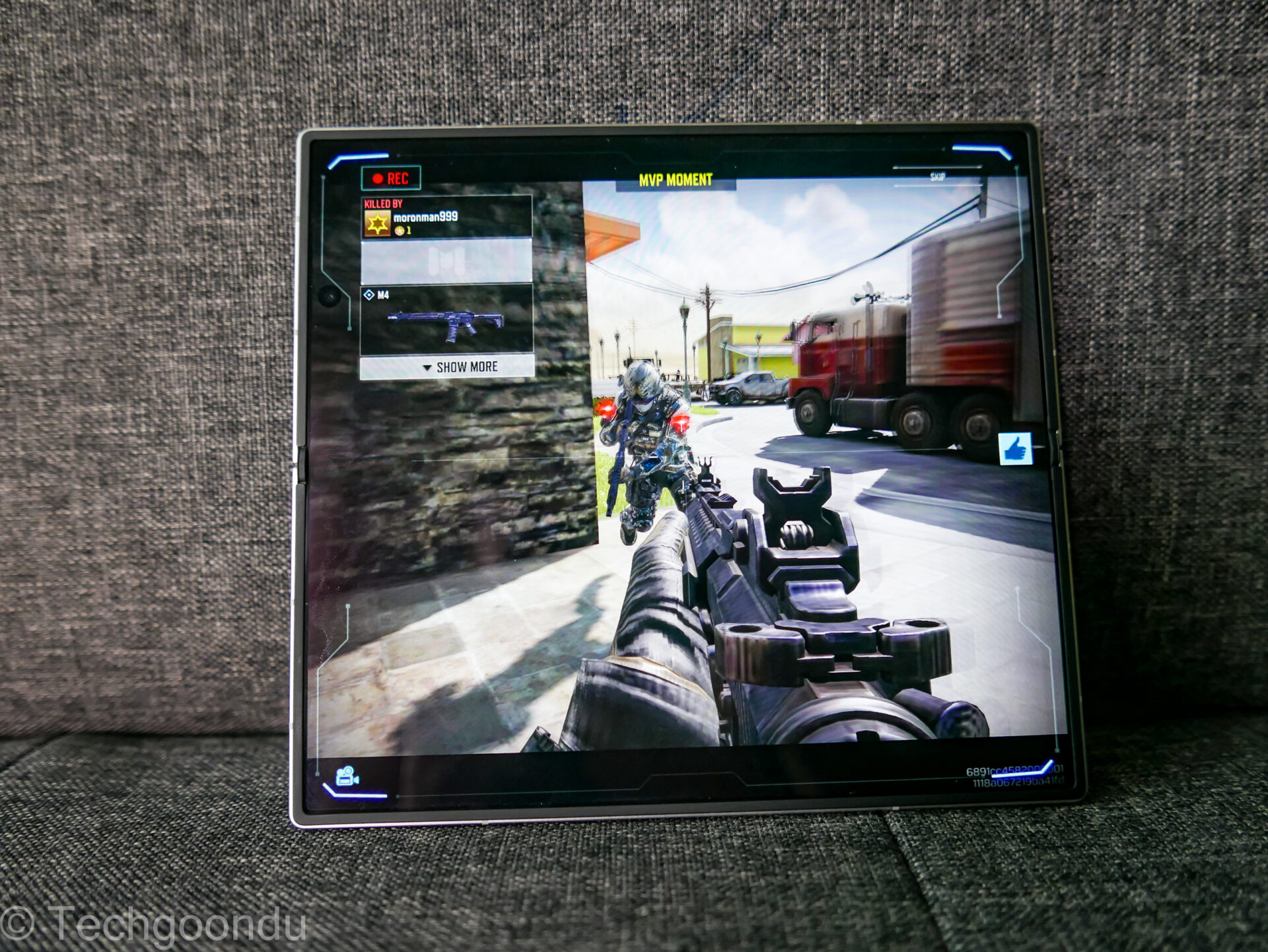
What I really like about the Samsung foldable is its sturdy feel. Unlike some rivals where you can detect a fair bit of flex in the screen or chassis, the Galaxy Z Fold 7 opens and closes steadily and the construction feels solid.
There is still a crease in the middle of the foldable screen but it is no worse than what’s found on rivals. Plus, it’s not something visible when you’re viewing most of the content you’d consume. Yes, the technology has come a long way.
The regular screen on the cover, now a handy 6.5-inch AMOLED display with a sharp 2,520 x 1,080 resolution, is extremely handy as well. Often, I find myself replying to messages quickly without opening the foldable screen.
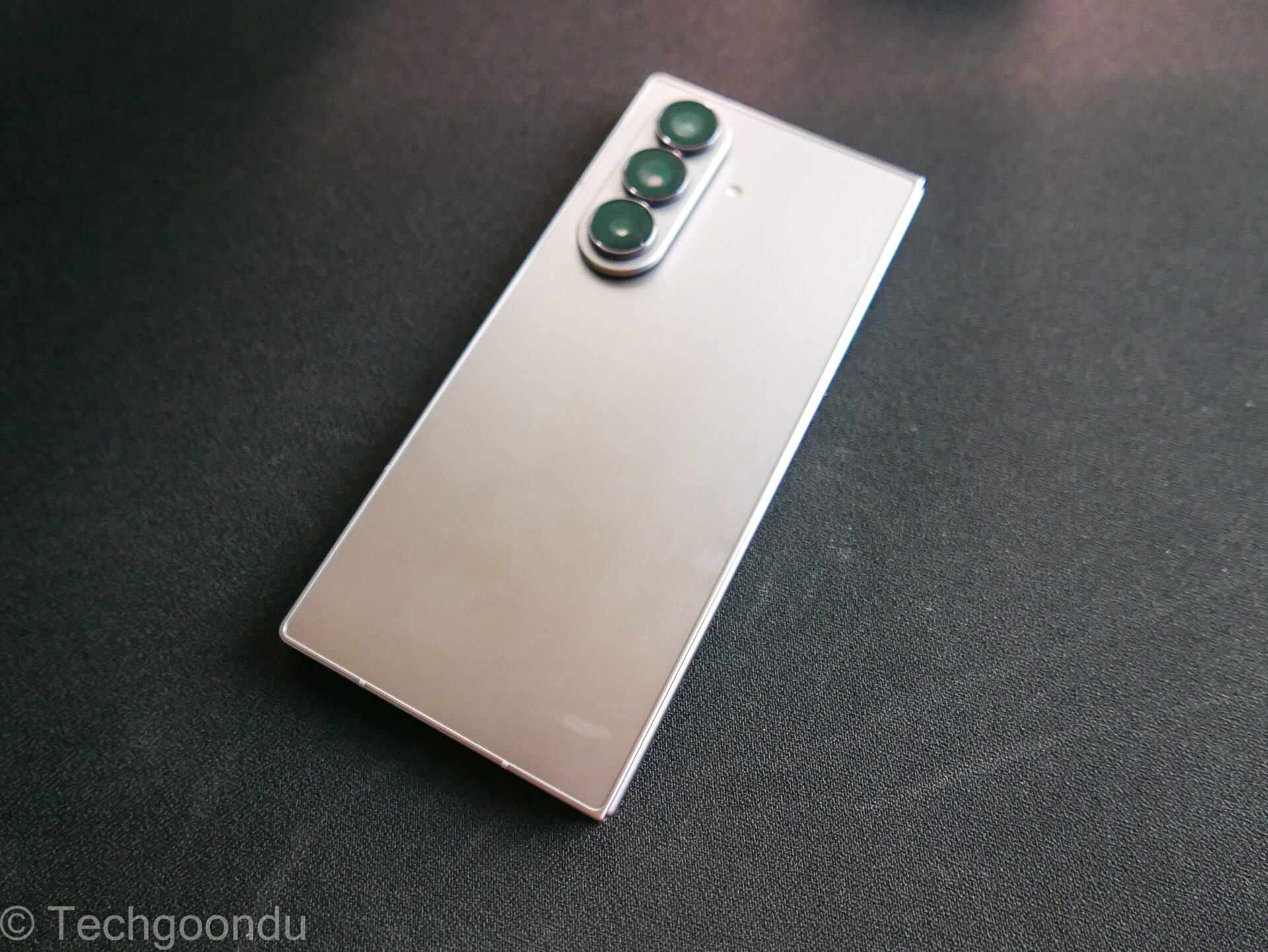
To reiterate, there is not only no weight and bulk penalty for using a foldable screen, the Galaxy Z Fold 7 also makes it flexible enough to use the cover screen like a regular phone.
On top of this, what if I told you the cameras – once a tradeoff needed for foldable phones – are also upgraded on the new Samsung foldable? This means you get good-quality images similar to what a candybar flagship offers.
In the main imaging array on the Galaxy Z Fold 7, you’ll find three cameras – a new 200-megapixel wide-angle camera, a 12-megapixel ultrawide camera and a 10-megapixel telephoto camera.
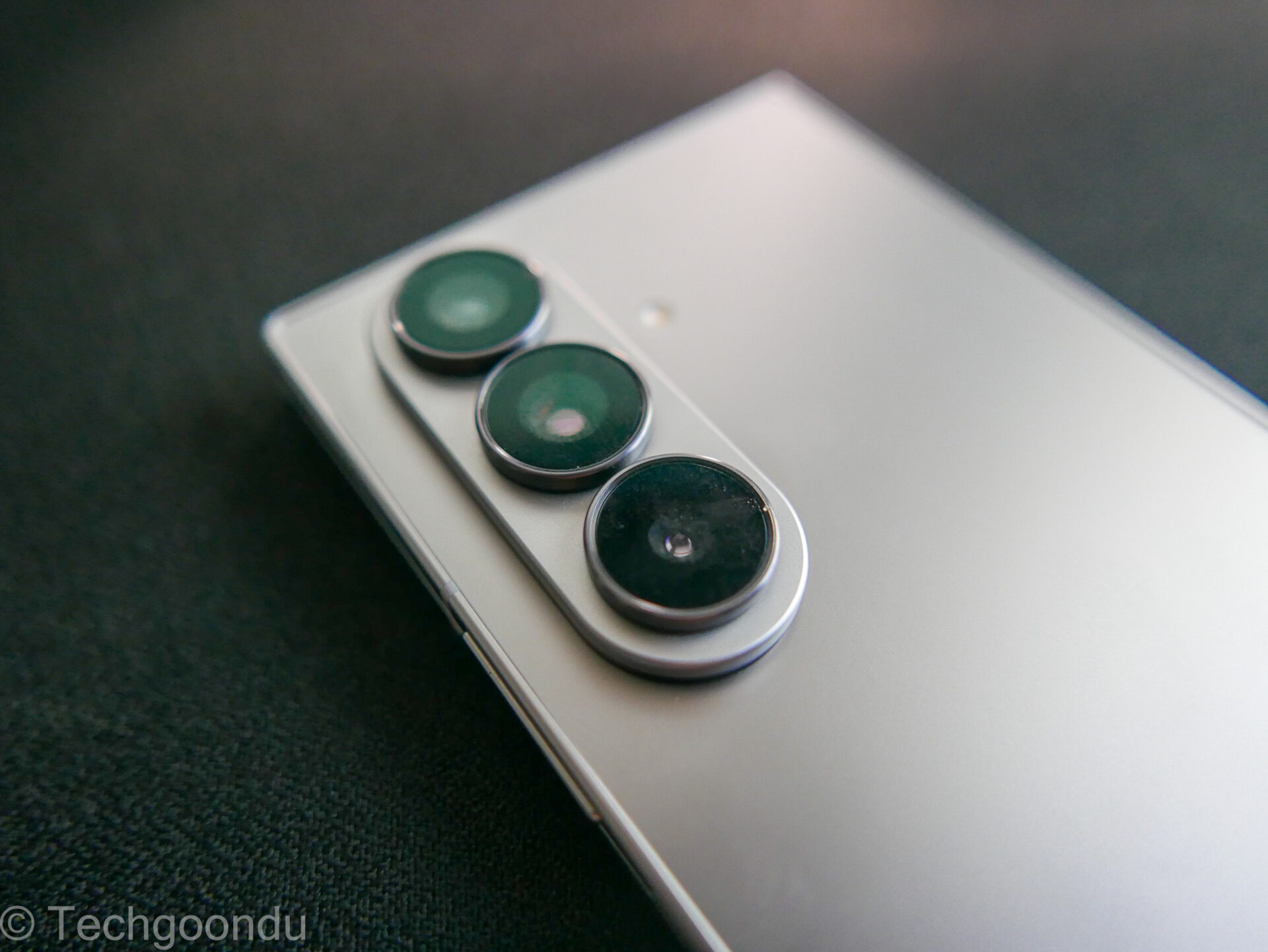
On the cover, you also get a 10-megapixel selfie camera. Plus, there’s a 10-megapixel camera built in the large screen that should be handy for video calls.
The key improvement is in the main 200-megapixel wide-angle camera you’d be using most often. Here, the additional pixels let you capture more detail and also enable you to crop more easily without losing resolution as much.
Helped by AI, the photos taken by this camera are good. There is enough detail and generally colours tend to be vibrant but not tuned up to ridiculous levels.
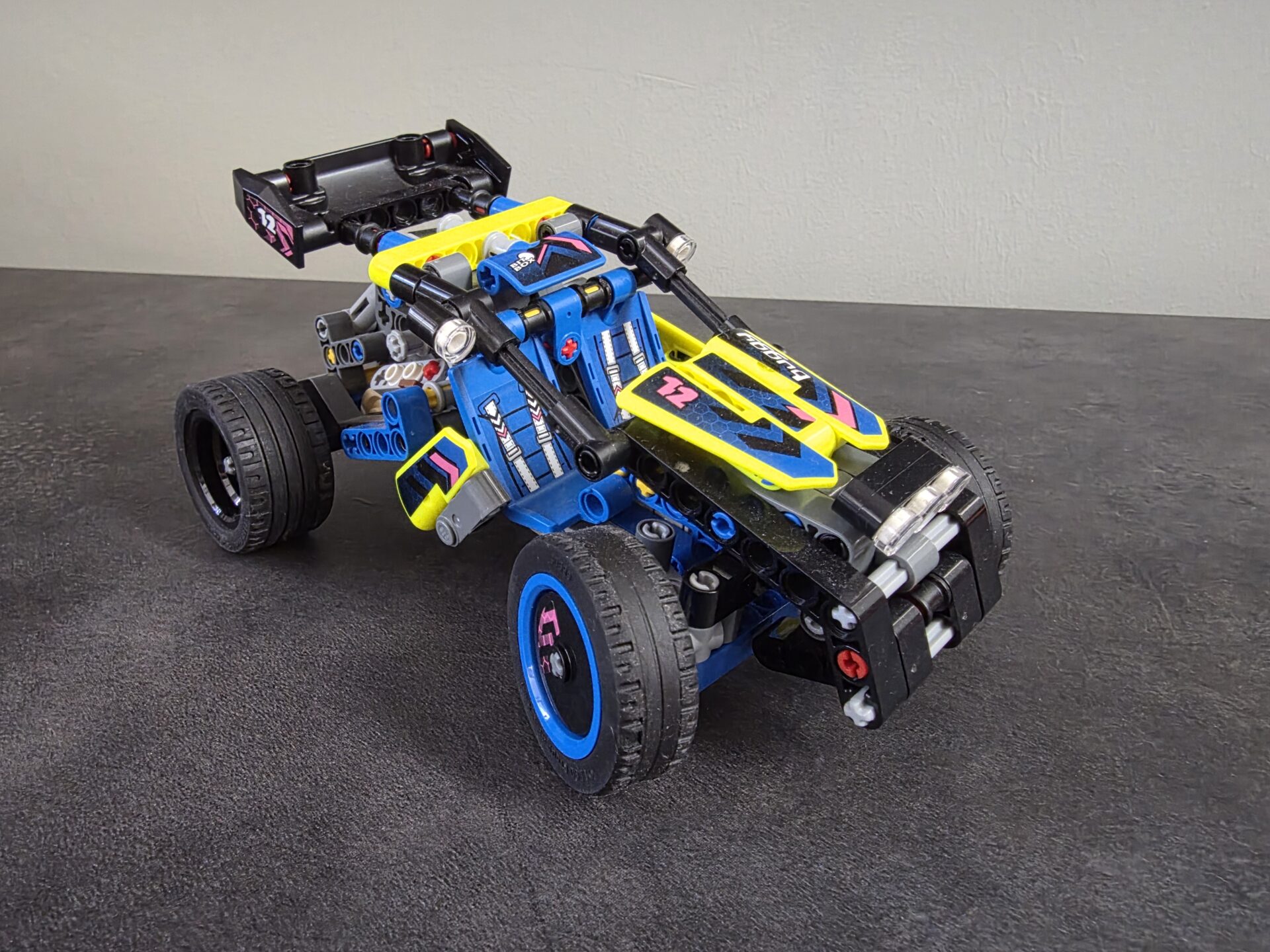


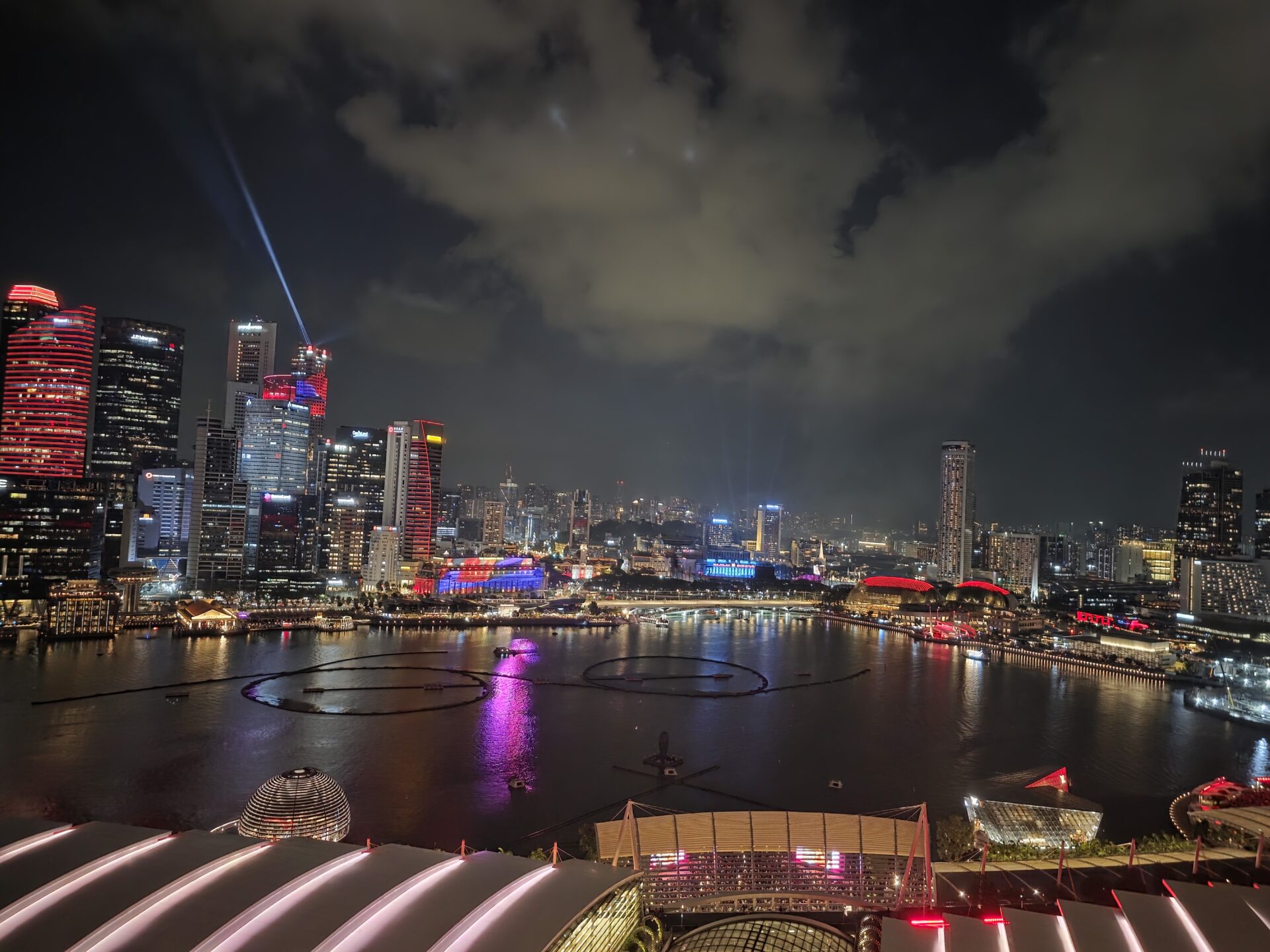
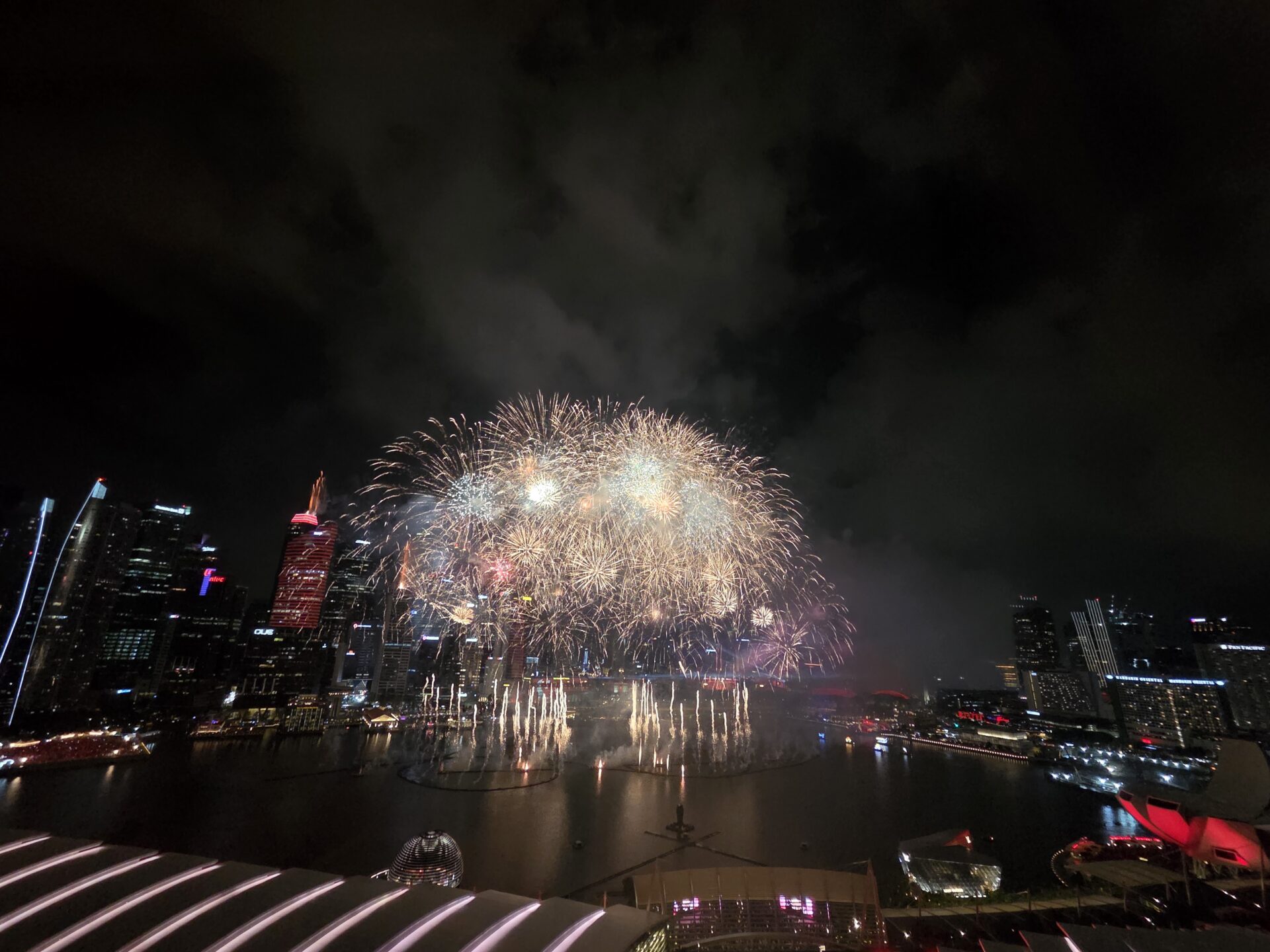
The ultrawide camera can be a little distorting at the edges in some instances but is handy if you want to capture a wide landscape, say, during a holiday trip.
The same for the zoom camera, which is useful to get a look at objects from afar. Zoom in to the max, however, and you’d likely get a blur shot. That said, some level of zoom is great as an alternative to the wide-angle’s 200MP camera and crop options.
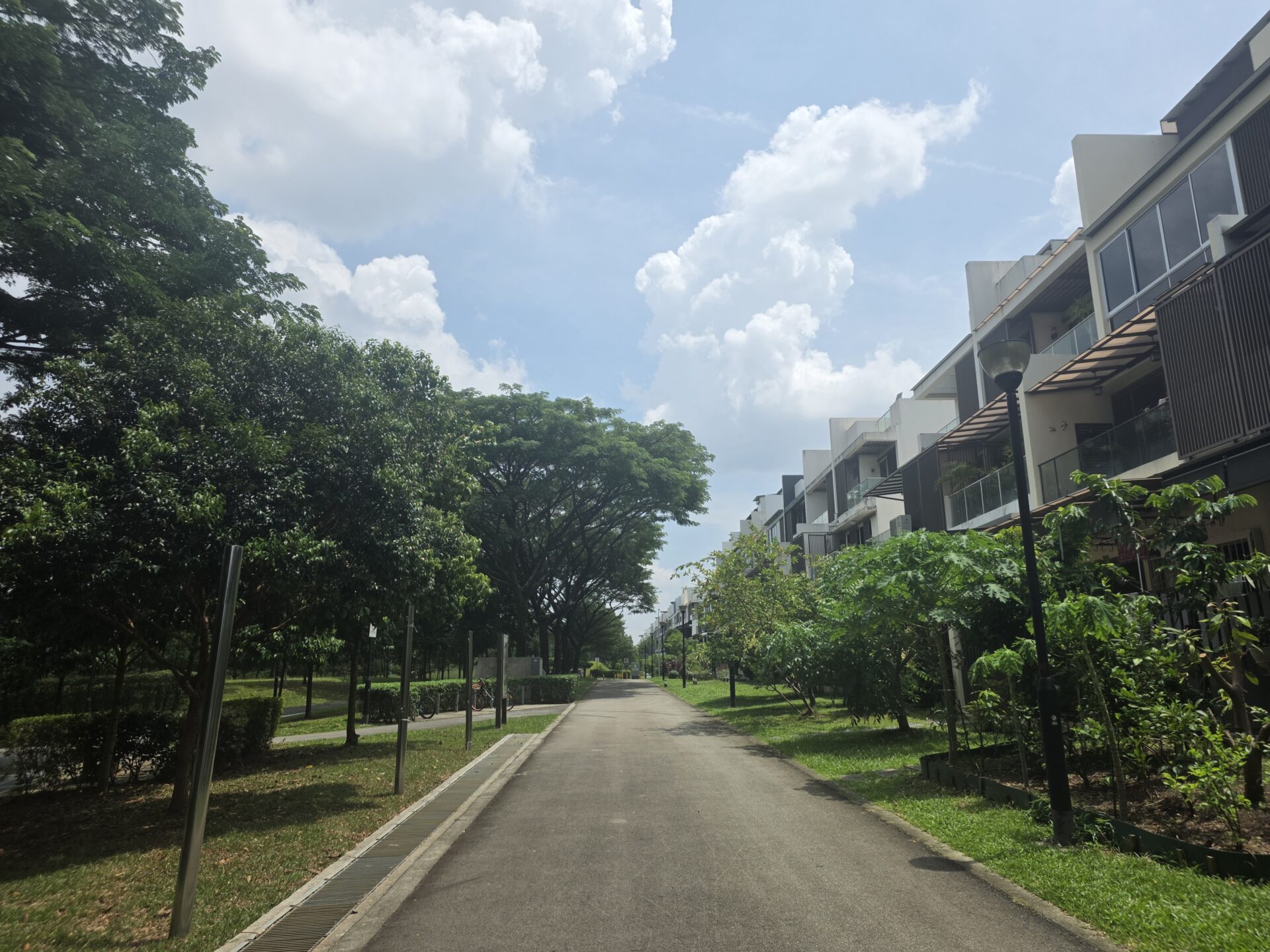
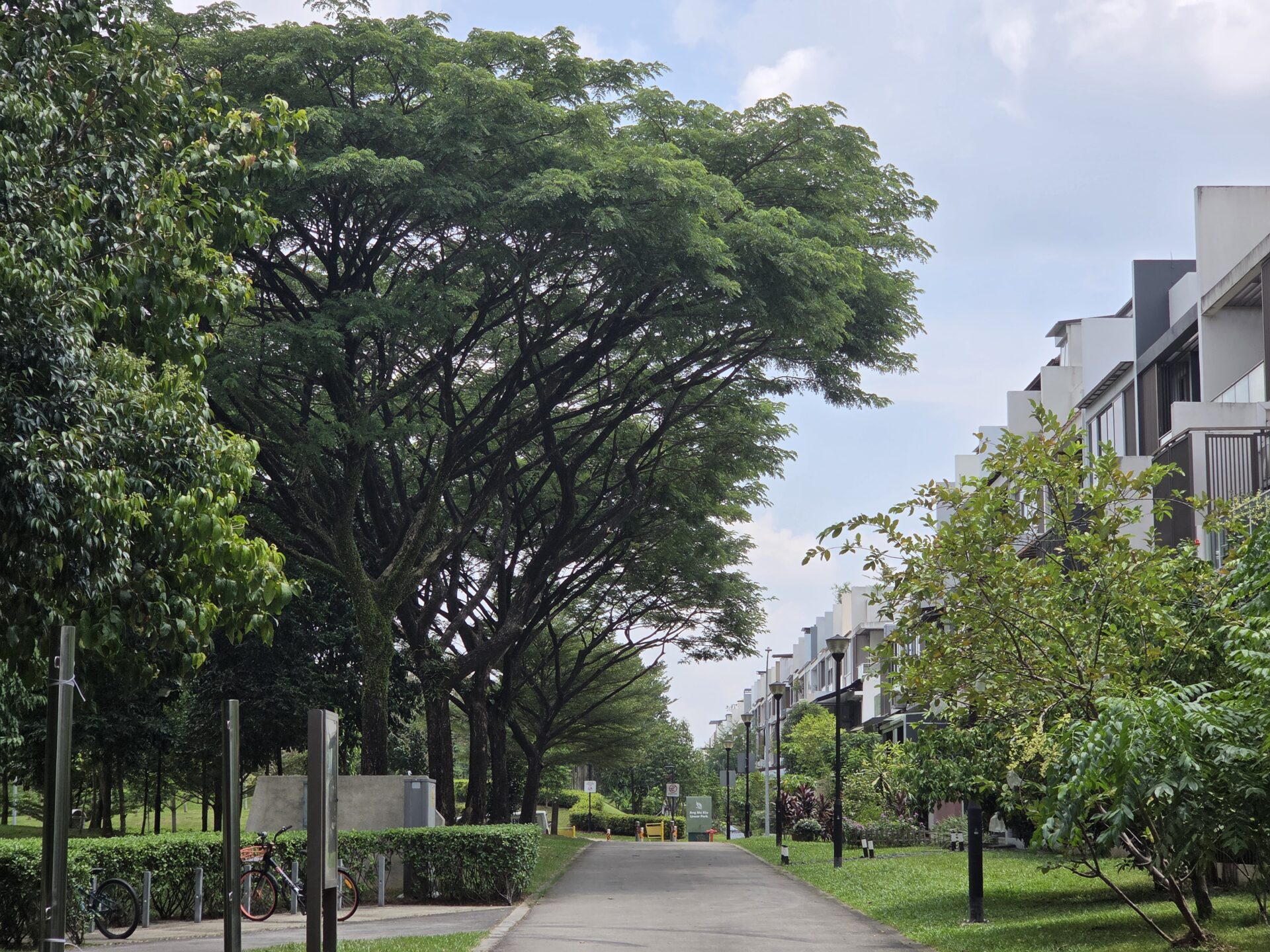
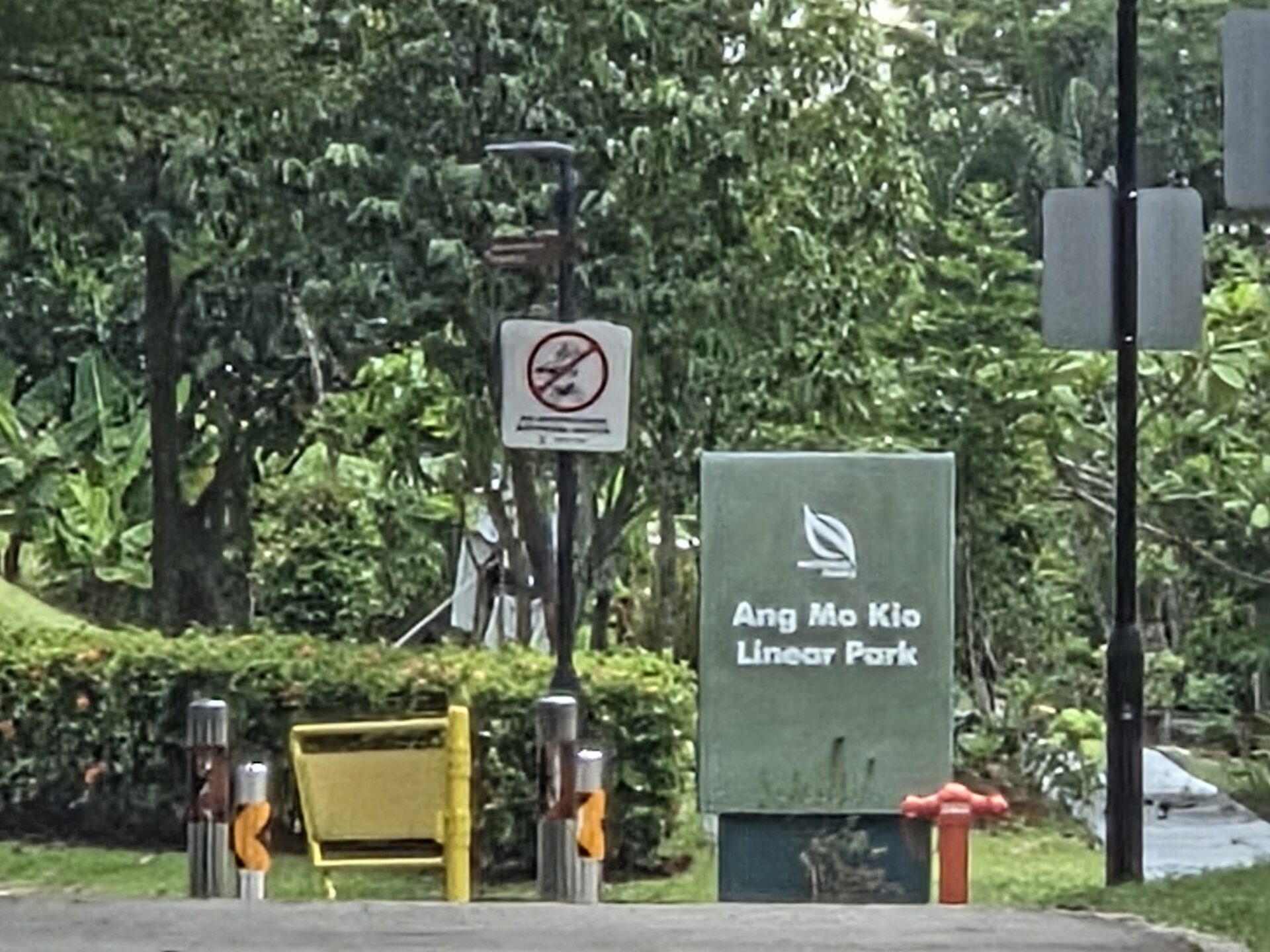
Generally speaking, the images from the Galaxy Z Fold 7 are close to what you’d get on flagship candybar phones. It’s got the lenses and sensors in its small frame and AI helps a lot in adjusting for exposure in dim settings. In other words, you don’t have to lose out on image prowess when choosing a foldable phone now.



What about AI features? Some of the tools from Google’s Gemini, which are integrated tightly into the Android operating system, are not new. Indeed, the most useful ones like audio eraser and image edits to remove people out of a photos have been around.
No, you won’t buy a phone because of AI but these somewhat gimmicky tools are useful when you need them for a quick fix, say, to get a stranger out of a nice holiday photo.
Powering all these capabilities on the Samsung phone is the top-end Qualcomm Snapdragon 8 Elite chip. This one on the Galaxy Z Fold 7 is customised for Samsung, presumably with some slight overclocking for a small performance boost. It’s certainly a powerful engine for apps coming out in the next few years.
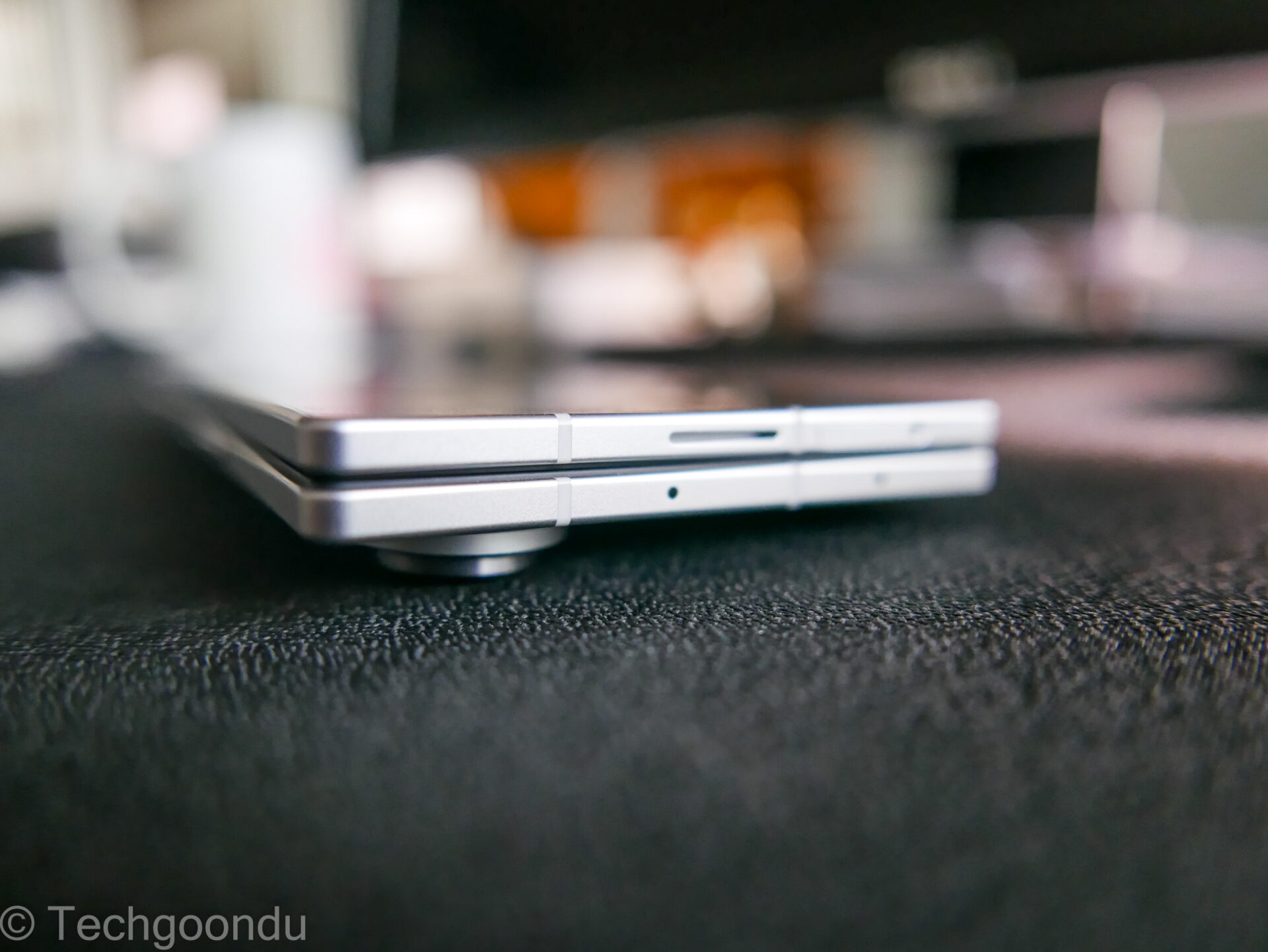
The review unit I got was the basic one with 12GB memory and 256GB storage, which would be ample for most folks unless you shoot lots of videos. At higher cost, you can also bump the capacities up to 512GB storage and 16GB memory.
When I fired up demanding games, such as Call of Duty Mobile, the basic 12GB/256GB model ran them smoothly, even when I set graphics to the max. With other Android apps, the Samsung flagship foldable worked effortlessly as well.



Despite a slimmer chassis this year, Samsung has managed to pack in the same 4,400mAh battery from last year’s model and it does its job well. During my test period, I almost never had to worry about running out of power in the day, unless I was spending hours playing games without plugging in.
To sum up, the Samsung Galaxy Z Fold 7 is what a practical foldable phone should be after so many iterations over the years. Yes, it’s taken a while but this one just feels right in the hand because it not only lets you do much more with a larger foldable screen but you no longer suffer tradeoffs in weight and camara quality.
Today, the foldable screen experience is also mostly seamless with a more mature app ecosystem. The new Samsung foldable is one well designed phone that you should consider if price isn’t an issue.
Of course, for most people, it is. So, the S$2,698 price tag will weigh heavy for many potential buyers, unless they get a good discount on the street or by signing up for a costly mobile phone plan.
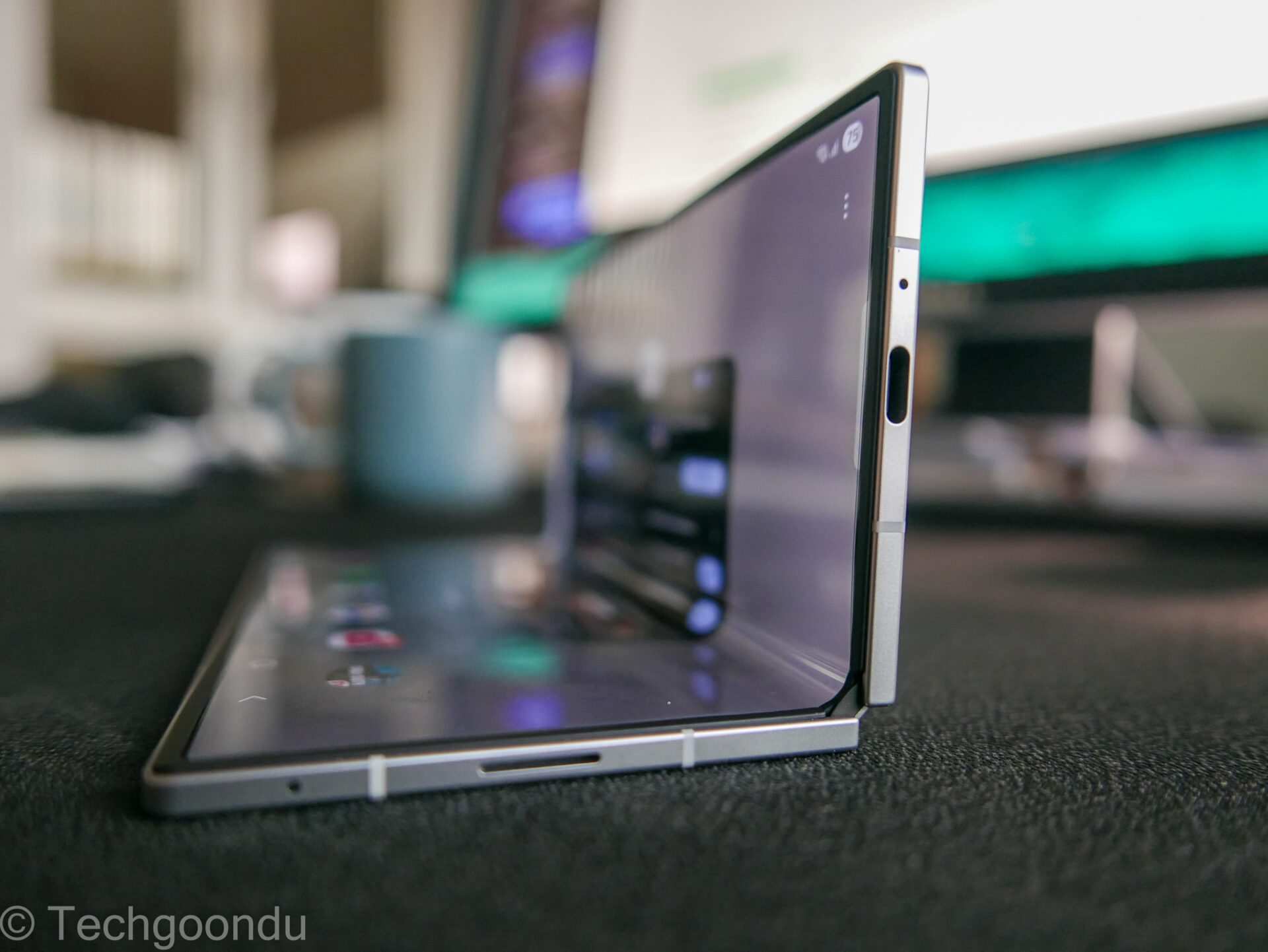
The other issue, of course, is the durability of foldable phones. This has improved over the years but there are enough stories from people you know as a cautionary tale.
My wife’s Galaxy Z Flip 6 had a problematic hinge that poked into her screen. My brother’s old Galaxy Z Fold of a few generations ago died after it was dropped accidentally.
It’s one reason I have held back from buying a foldable phone myself – plus, I have butter fingers so it’s better that I think I’d stick to a cheap Galaxy A series. I didn’t test-drop the Galaxy Z Fold 7 unit I had so I can’t say how durable it is. Your mileage might vary.
If the Samsung Galaxy Z Fold 7 can be more durable as promised, then it will be an important breakthrough for foldable phones after so many years of iterative improvements. We’d only know after a year, perhaps, of people actually using it over a long period.
Already, the latest Samsung foldable is as good as any candybar phone in just about any other aspect, plus it comes with the additional feature of a large foldable screen. It is as close to delivering the original promise of these fancy devices as we’ve come.
